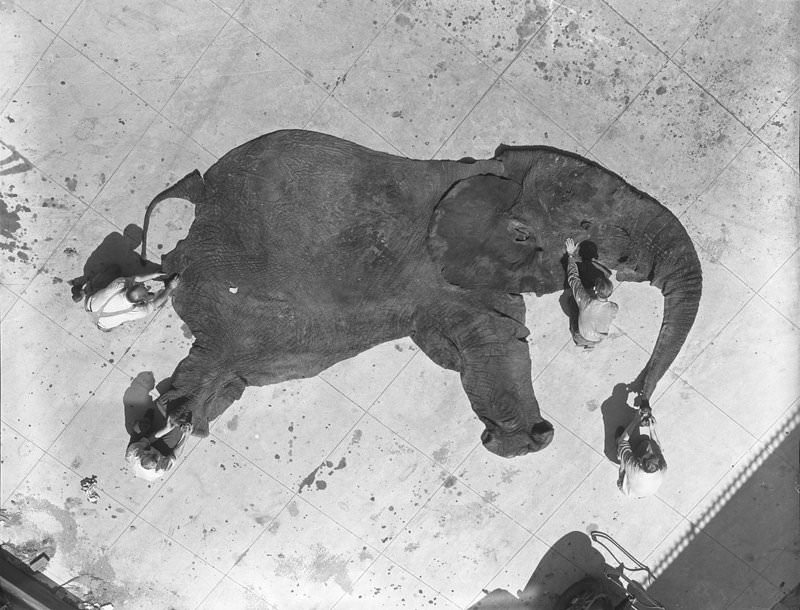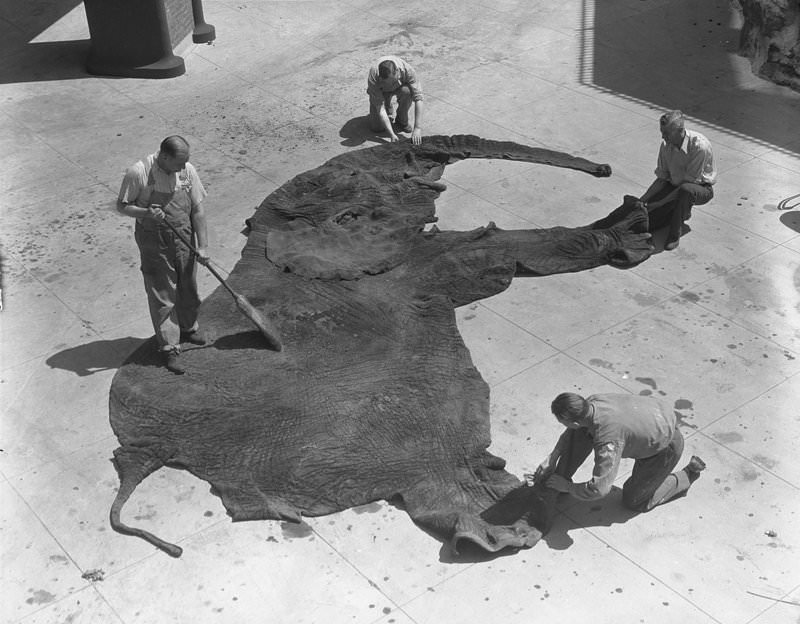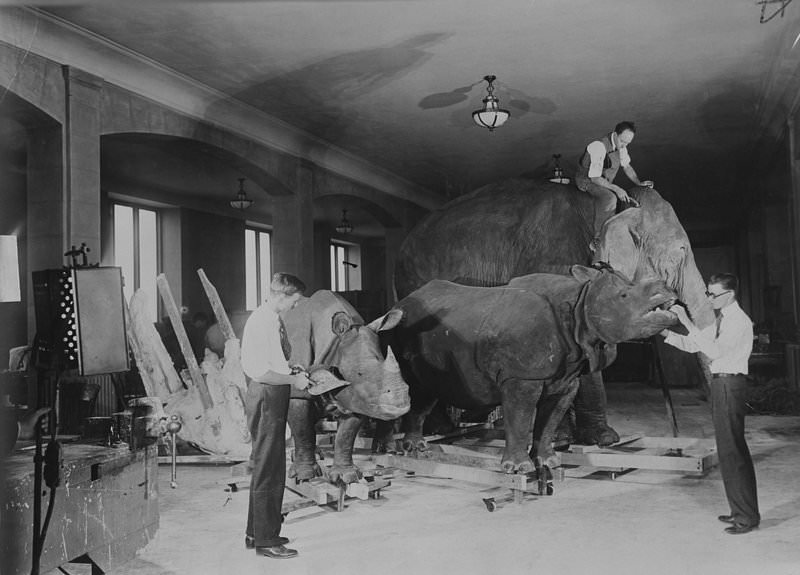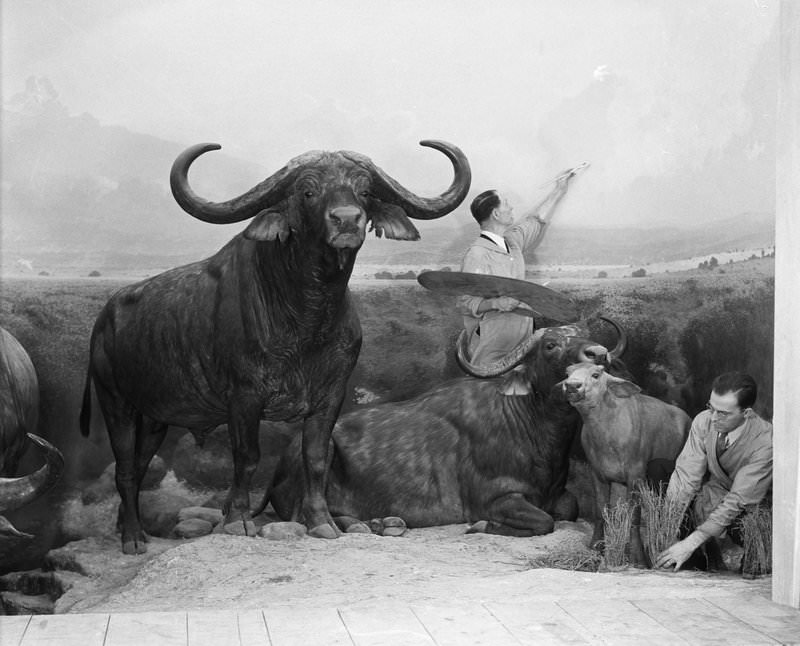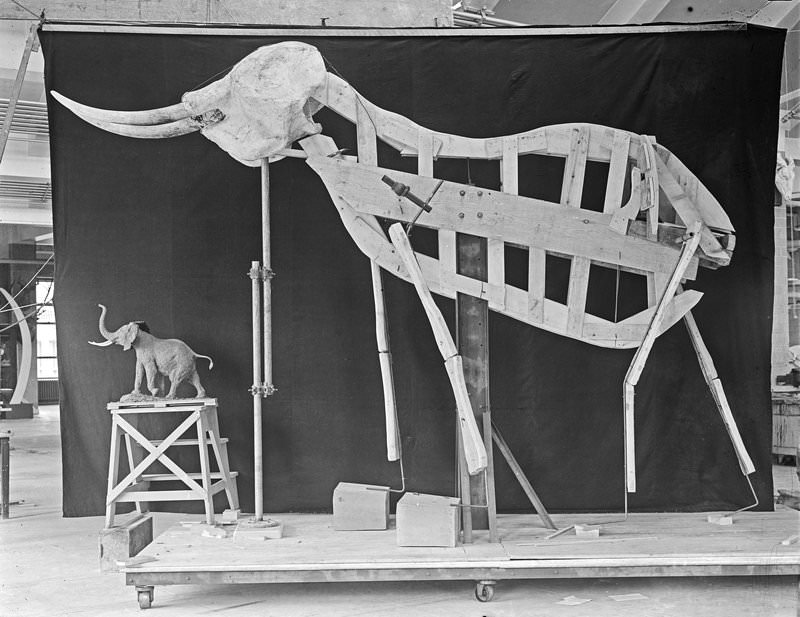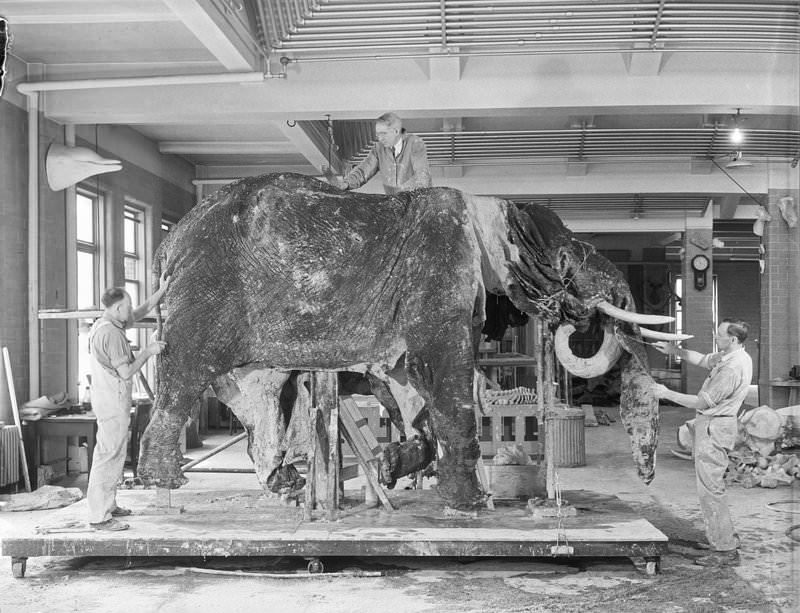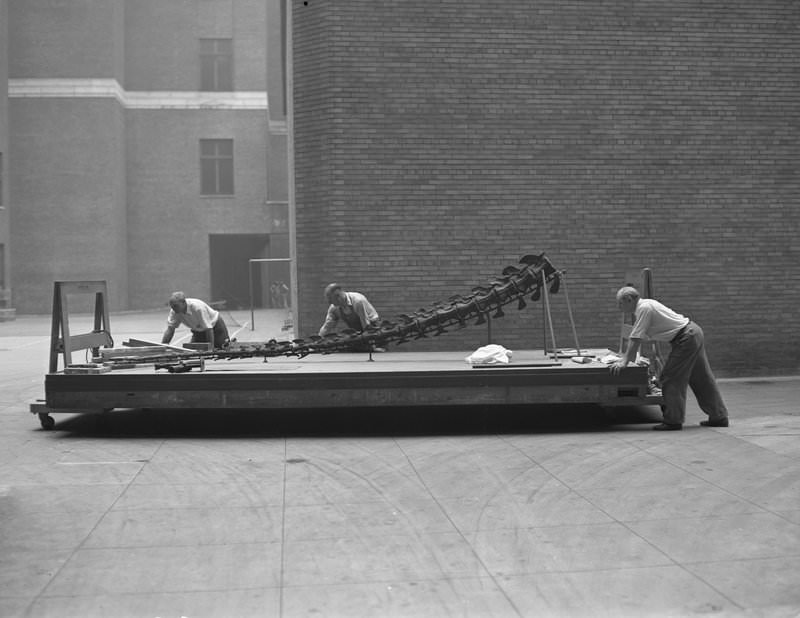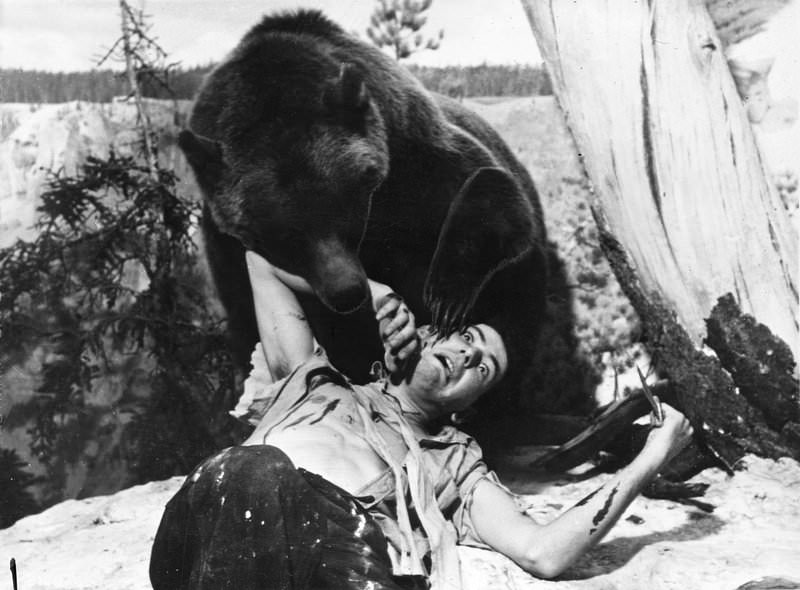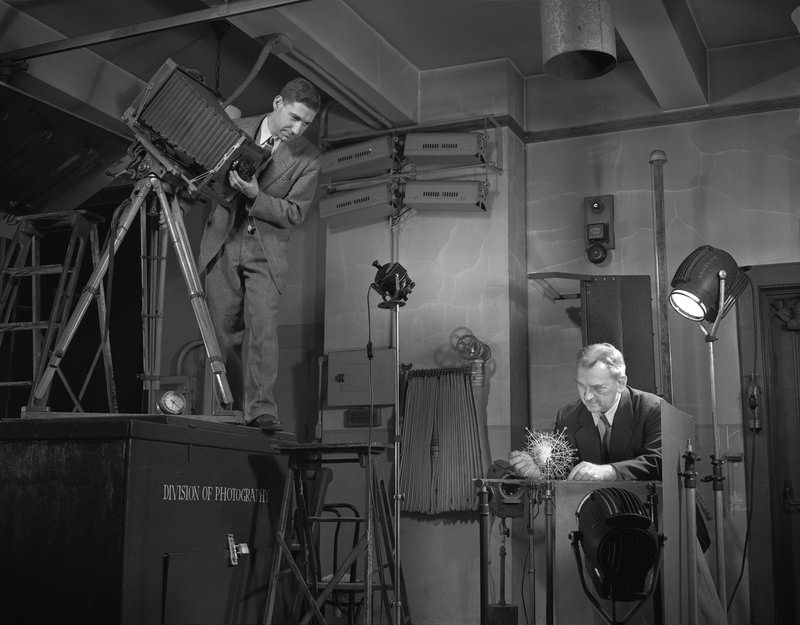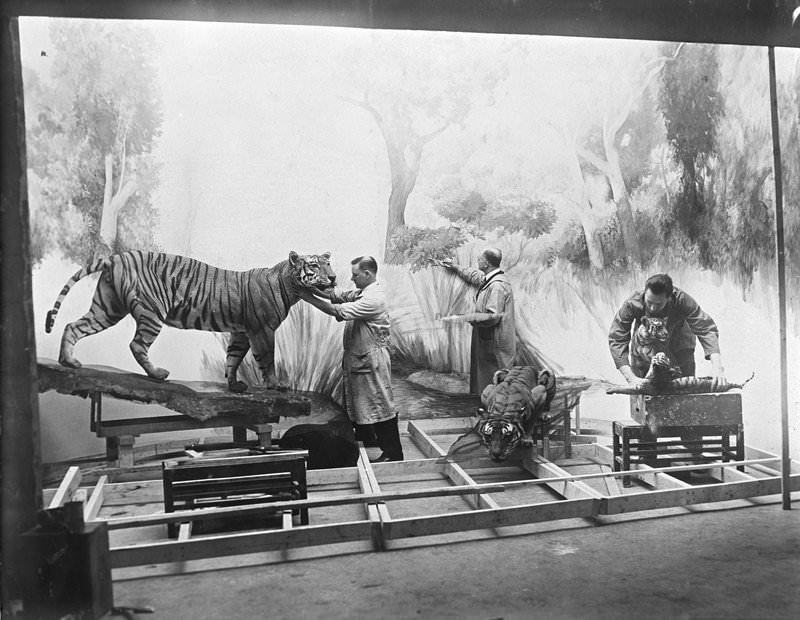The journey of an exhibit began far from the museum’s halls. Scientists from the museum traveled to faraway places. These trips were called expeditions. The goal was to study animals and their environments.
These scientists brought back specimens, like animal skins, bones, and plants. They took detailed notes and photographs. They wanted to document everything they saw. This information was the foundation for creating accurate and educational exhibits.
These expeditions were often long and difficult. Scientists faced tough conditions. They had to deal with harsh weather, difficult terrain, and sometimes even dangerous animals. They had to be resourceful and determined. They were dedicated to expanding our knowledge of the natural world.
The specimens and information collected during these trips were carefully packed and shipped back to the museum. This was a delicate process. Everything had to be protected from damage during the long journey. The museum staff eagerly awaited these shipments, knowing they held the key to creating new and exciting exhibits. The best specimens would be chosen to be shown to the public. The specimens that were not selected were stored for research purposes.
Once the specimens arrived, the taxidermy department got to work. Taxidermy is the art of preserving an animal’s body. It makes the animal look lifelike. Taxidermists were highly skilled artists and scientists. They cleaned and preserved the animal skins to last for a long time.
In the 1930s and 1940s, taxidermy was a complex process. It involved many steps and required a lot of patience. First, the animal’s skin was carefully removed and cleaned. Then, it was treated with chemicals to prevent it from decaying. This was important to ensure the animals would last for many years in the exhibits.
Next, the taxidermists had to create a body form, called a manikin. In the early days, these were often made of materials like wood, wire, and plaster. The manikin had to be the exact size and shape of the animal. Later on, they started using lighter materials. These manikins were true works of art.
The skin was then carefully fitted onto the manikin. This was a very precise process. The taxidermist had to make sure the skin fit perfectly, without any wrinkles or bumps. They sewed the skin onto the manikin using strong thread. They used special tools to shape the skin and create realistic details.
Finally, the taxidermist added finishing touches, such as glass eyes and paint. They used their artistic skills to bring the animal back to life. The goal was to make the animal look as natural as possible, as if it were still alive in its habitat. They wanted visitors to feel like they were seeing the animal in its natural environment.


